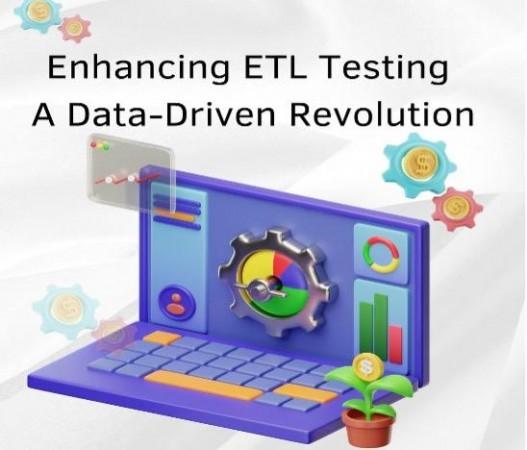
In a rapidly evolving digital landscape, data integration remains a crucial pillar for businesses seeking to maintain efficiency and accuracy in their operations. The article by Sujeeth Manchikanti Venkata Rama introduces a structured approach to Extract, Transform, Load (ETL) testing that enhances quality control, reduces operational burdens, and improves scalability. With expertise in data engineering, the author provides valuable insights into how automated frameworks and metadata-driven processes are transforming ETL testing methodologies.
Addressing Critical Challenges in ETL Testing
Traditional ETL testing struggles with inconsistent quality assurance, manual processes, and poor documentation, leading to higher defect rates, delays, and rising maintenance costs. As data transformations grow more complex, maintaining test coverage and data integrity becomes challenging, highlighting the need for a more automated, structured approach.
Introducing a Framework for Automated ETL Testing
This framework establishes a structured approach where each test case is linked to a metadata record, ensuring traceability back to the original requirement. The metadata is then leveraged to generate synthetic input data and corresponding expected output data, enabling seamless integration from requirement to expected results. By doing so, the model significantly enhances testing efficiency. It ensures comprehensive test coverage, helping organizations minimize data errors while accelerating the testing lifecycle. Additionally, it optimizes regression testing, reducing both time and effort required for validation.
Leveraging Metadata-Driven Processes
A key innovation in the proposed methodology is the use of metadata-driven processes. Metadata acts as a central reference point, enabling automated traceability of test cases and transformation logic. By incorporating requirement traceability matrices (RTM), organizations can align business objectives with data validation protocols. This metadata-driven approach not only enhances test reusability but also facilitates quick impact analysis when changes occur in transformation rules.
Synthetic Data Generation for Realistic Testing
One of the standout features of this framework is its ability to generate synthetic data that mirrors real-world scenarios. Synthetic data allows organizations to test edge cases, validate transformation logic, and identify discrepancies before deployment. The automation of test data preparation significantly reduces manual effort, enhances test coverage, and ensures consistency across different data environments.
Automated Validation and Quality Control
Automated validation mechanisms form a core component of this ETL testing framework. These mechanisms employ advanced comparison algorithms to detect anomalies in transformed data. Unlike traditional methods, which rely heavily on manual verification, automation reduces human errors and ensures accuracy in large-scale data integration processes. Organizations implementing this approach have reported notable improvements in defect detection rates and overall data quality.
Boosting Efficiency Through Structured Documentation
Structured test documentation ensures consistency, accuracy, and efficiency in ETL testing. A well-defined approach standardizes test case creation, making it easier to track transformation rules, validate data integrity, and troubleshoot discrepancies. It also accelerates new tester onboarding and enhances long-term maintainability of ETL pipelines, reducing operational risks.
Enhancing Scalability in Modern Data Integration
With increasing data volumes, scalable ETL testing frameworks are crucial. A structured methodology optimizes resource utilization, efficiently handling complex transformations. Automation accelerates test execution while maintaining quality control in high-volume environments.
Practical Implementation and Industry Impact
A structured ETL testing framework enhances data integrity and operational efficiency. Integrating automated validation, metadata-driven processes, and synthetic data generation ensures scalable, long-term solutions for complex data transformations.
In conclusion, Sujeeth Manchikanti Venkata Rama presents an innovative framework that transforms ETL testing into a structured, automated, and scalable process. By addressing key challenges such as inconsistent quality control, inadequate documentation, and resource-intensive testing, this methodology offers a forward-thinking solution to modern data integration needs. As organizations continue to navigate the complexities of data management, implementing structured ETL testing frameworks will be essential in ensuring accuracy, efficiency, and reliability in data transformation processes.

















